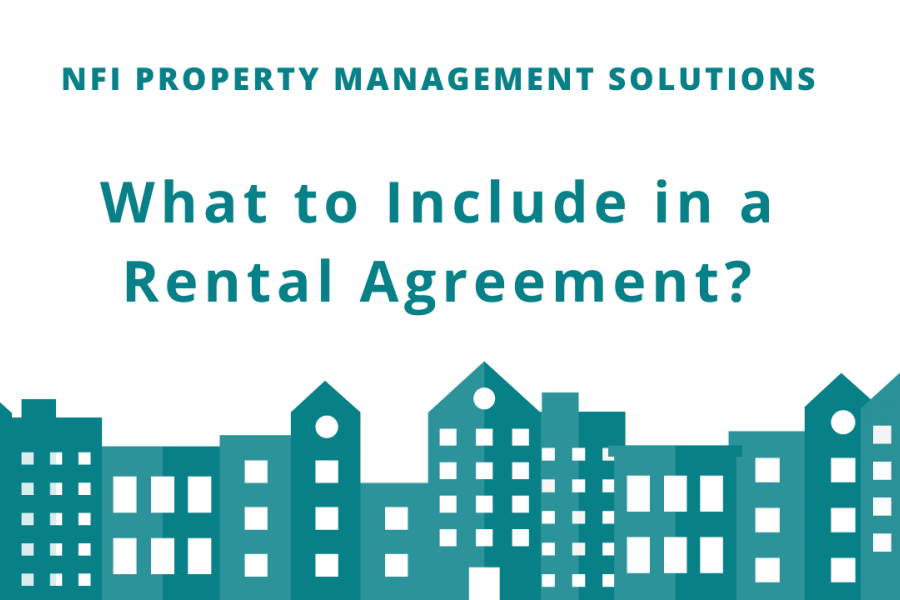
Are you finding it challenging to ensure your rental agreements cover every crucial aspect of your rental properties? Crafting a comprehensive rental agreement is essential for landlords to protect their interests and maintain a smooth rental process.
A well-structured agreement not only clarifies expectations for both you and your residents but also minimizes disputes and legal issues.
In this article, we’ll delve into the key elements that should be included in your rental agreement to safeguard your property and foster a positive landlord-resident relationship. By addressing these essential components, you’ll set clear guidelines that help you manage your properties effectively and ensure a positive rental experience.
Key Terms Every Rental Agreement Needs
When drafting a rental agreement, it's crucial to cover the following essential terms:
Names of All Tenants
Clearly list the full names of all adults who will be residing in the rental property. This includes not only the primary leaseholder but also any co-tenants, such as a spouse or partner, as well as any other adults who will be living there. Each named tenant should sign the agreement, which ensures that all parties are legally bound by its terms.

This approach provides a safeguard for landlords, allowing them to hold any one of the tenants responsible for the entire rent and compliance with the lease conditions. It also helps in case of disputes or non-payment, as the landlord can seek the entire rent from any one tenant, or enforce lease terms collectively.
Occupancy Limits
Your rental agreement should specify who is permitted to live in the rental unit. Generally, this means only the tenants listed in the agreement and their minor children. This clause is important for controlling the number of occupants and ensuring that only those you’ve screened and approved are living in your property.
It also prevents unauthorized occupants or subletting without your permission, giving you grounds to take action if a tenant moves in additional people or sublets the property without authorization.
Term of Tenancy
The duration of the rental period should be specified in the rental agreement. Indicate if the agreement is for a month-to-month rental arrangement or one with a fixed period, such a one-year lease. With predetermined start and end dates, a fixed-term lease offers stability to both the landlord and the renter.
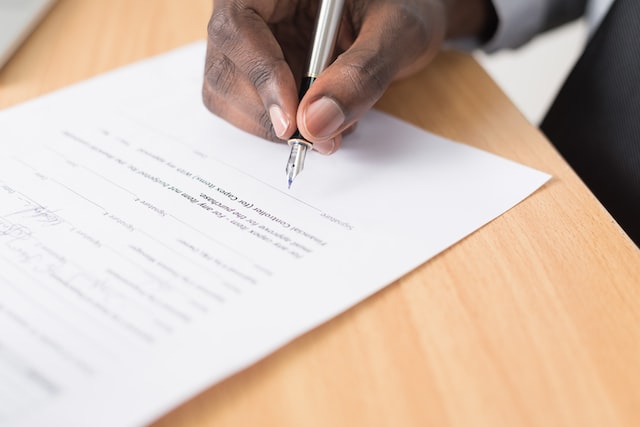
A month-to-month agreement offers more flexibility, allowing either party to terminate the lease with proper notice, typically 30 days. Choosing the right term depends on your preferences for tenant stability versus flexibility.
Rent Details
Clearly outline the rent amount, the due date (usually the first of each month), and the methods by which rent can be paid. Specify acceptable payment methods, such as checks, electronic transfers, or other methods you accept.
Additionally, detail any penalties for late payments, including the amount of late fees and whether there is a grace period before the fee applies. Include provisions for bounced checks, such as any fees incurred and the process for handling them. This clarity helps prevent misunderstandings and disputes regarding rent payments.
Deposits and Fees
The agreement should detail the security deposit amount, its permissible uses, and conditions for its return. State how much the deposit is (ensuring it complies with local regulations on maximum amounts), what it can be used for (e.g., damage repairs), and what it cannot be used for (e.g., applying it to the last month’s rent).
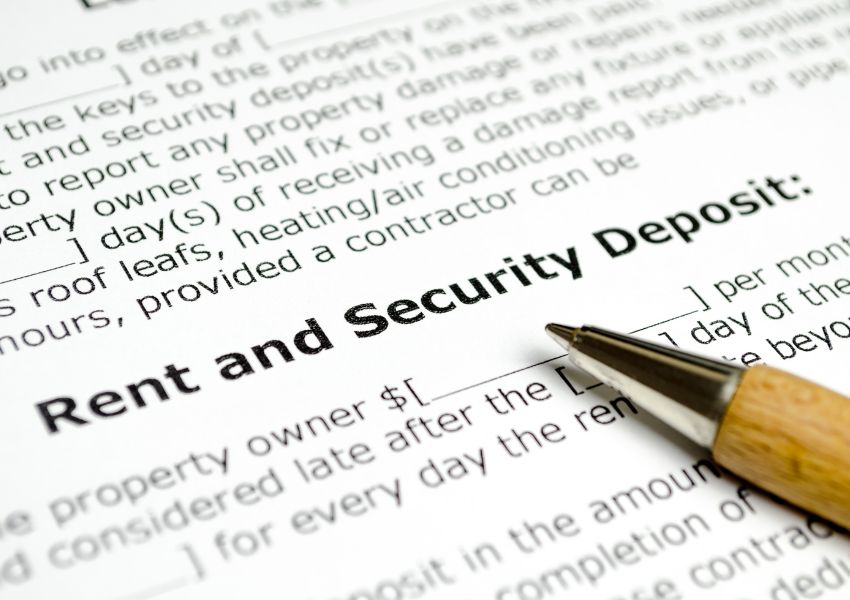
Include information on the timeline and procedure for returning the deposit after the tenant moves out, including how any deductions will be itemized. If applicable, specify any non-refundable fees, such as those for cleaning or allowing pets, and ensure that you comply with local laws regarding deposit handling and interest payments.
Repairs and Maintenance
It's essential to clearly outline repair and maintenance responsibilities in your rental agreement. Specify tenant duties, such as keeping the property clean and addressing any damage caused by negligence or misuse. Detail how tenants should report maintenance issues, including the process for submitting repair requests and the expected response times.
Additionally, set restrictions on tenant-initiated repairs or alterations, such as installing new fixtures or making changes to the property without prior approval. This approach helps prevent unauthorized modifications and ensures all repairs are managed correctly and in a timely manner.
Property Access
Define your right to access the rental property in the agreement to avoid conflicts and legal issues. Specify the circumstances under which you can enter the property, such as for inspections, repairs, or maintenance. Include details about the advance notice you will provide before entering, which is often legally required (commonly 24 to 48 hours).
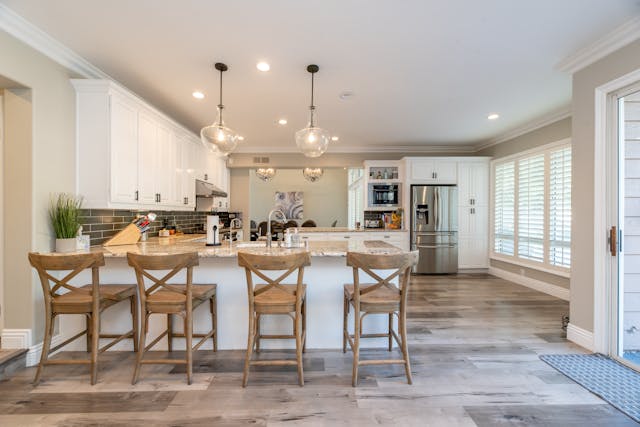
This ensures that tenants are aware of their rights and your obligations regarding privacy and access. Clear guidelines help maintain a respectful landlord-resident relationship and ensure that necessary property inspections or repairs are conducted smoothly.
Restrictions on Illegal Activities
To protect your property and maintain a safe living environment, include a clause that explicitly prohibits illegal activities and disruptive behavior. This can cover activities such as drug use, dealing, or any other illegal actions, as well as disruptive behaviors like excessive noise or vandalism.
Clearly outline the consequences of violating this clause, which may include termination of the lease. Such provisions help minimize property damage, prevent disturbances, and limit your liability for any legal issues arising from tenant activities.
Pet Policies
Specify your stance on pets in the rental agreement. If pets are not allowed, clearly state this to avoid any confusion. If you do permit pets, outline any restrictions or requirements, such as the maximum size or number of pets allowed, and expectations for maintaining cleanliness, such as keeping the yard free of waste.
Include any additional fees or deposits related to pets, such as a non-refundable pet deposit or monthly pet rent. This ensures that tenants are aware of your pet policies upfront and helps manage potential issues related to pet ownership.
Compliance with Laws
Ensure that your rental agreement adheres to all applicable local, state, and federal laws. This includes compliance with rent control regulations, health and safety codes, and anti-discrimination laws.
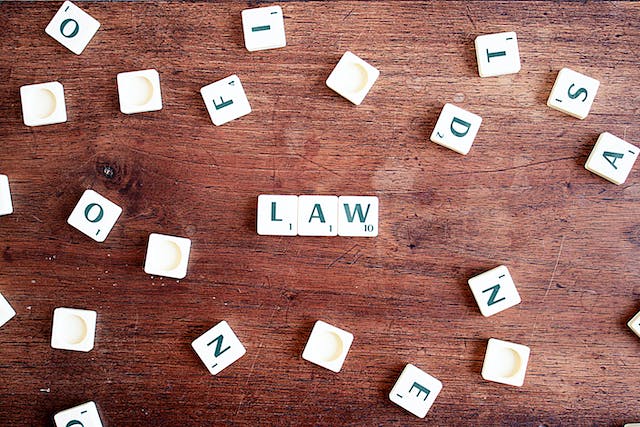
Verify that your agreement respects occupancy limits, disclosure requirements, and any specific tenant rights under local statutes. This helps protect you from legal challenges and ensures that your rental practices are fair and lawful. Regularly review and update your lease to reflect any changes in relevant laws or regulations.
Bottom Line
Incorporating these essential terms into your rental agreements helps ensure a smooth and professional management of your properties. For personalized advice and to tailor your rental agreements to meet your specific needs, reach out to NFI Property Management Solutions.
Their expertise in crafting comprehensive rental agreements can help you navigate legal requirements and protect your interests. Contact NFI Property Management Solutions today to discuss the best options for your rental properties and ensure your agreements are well-crafted and effective.